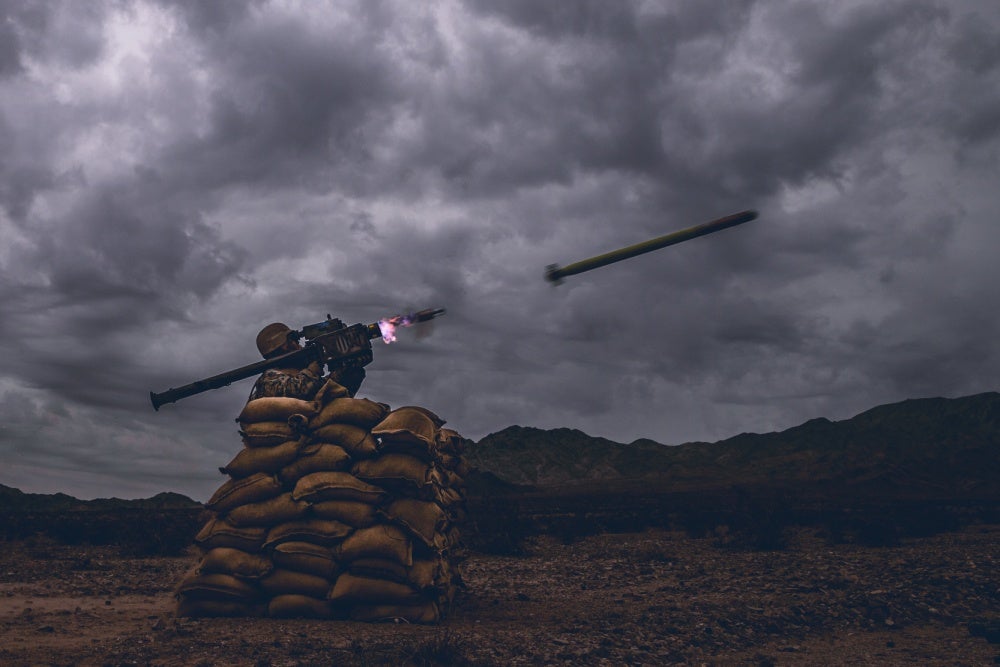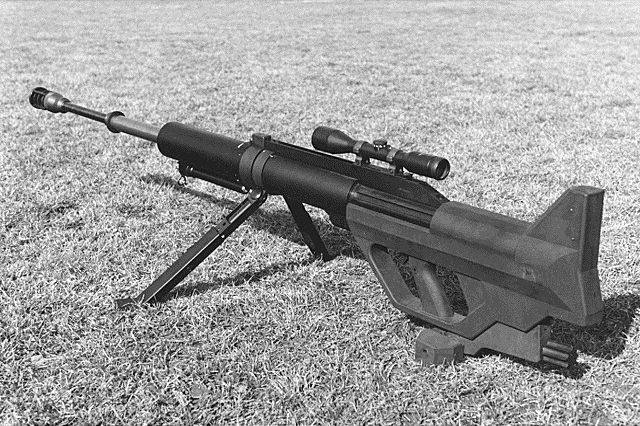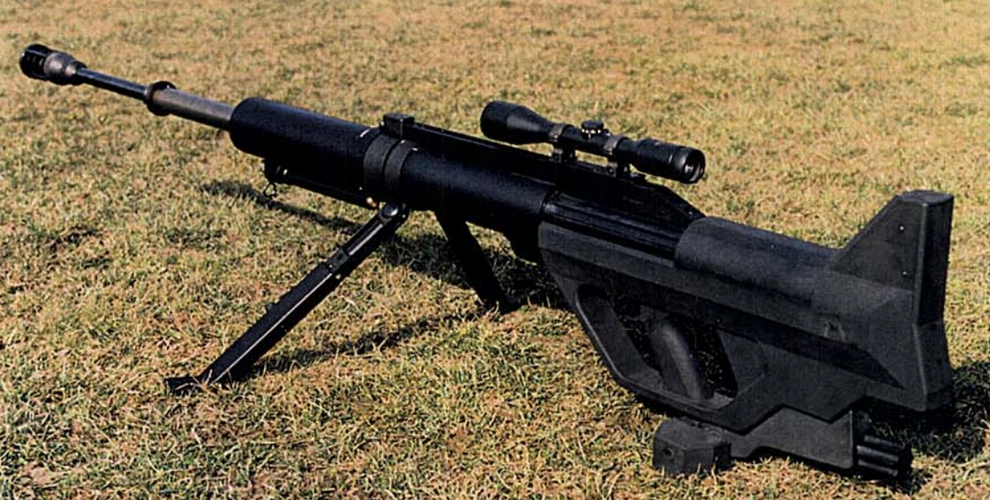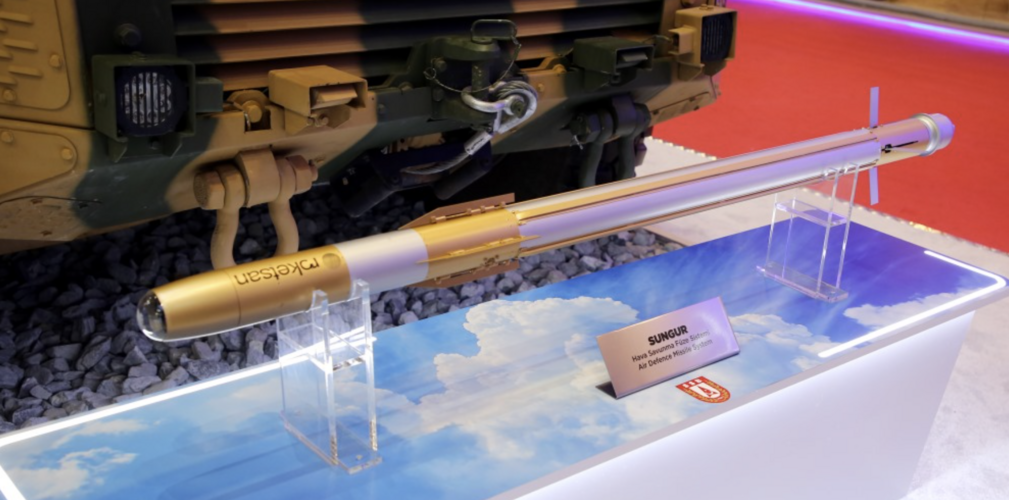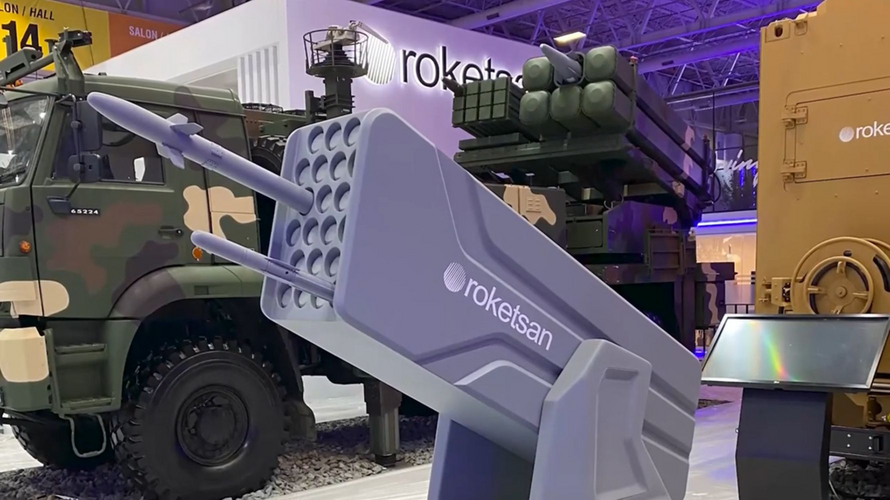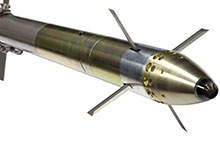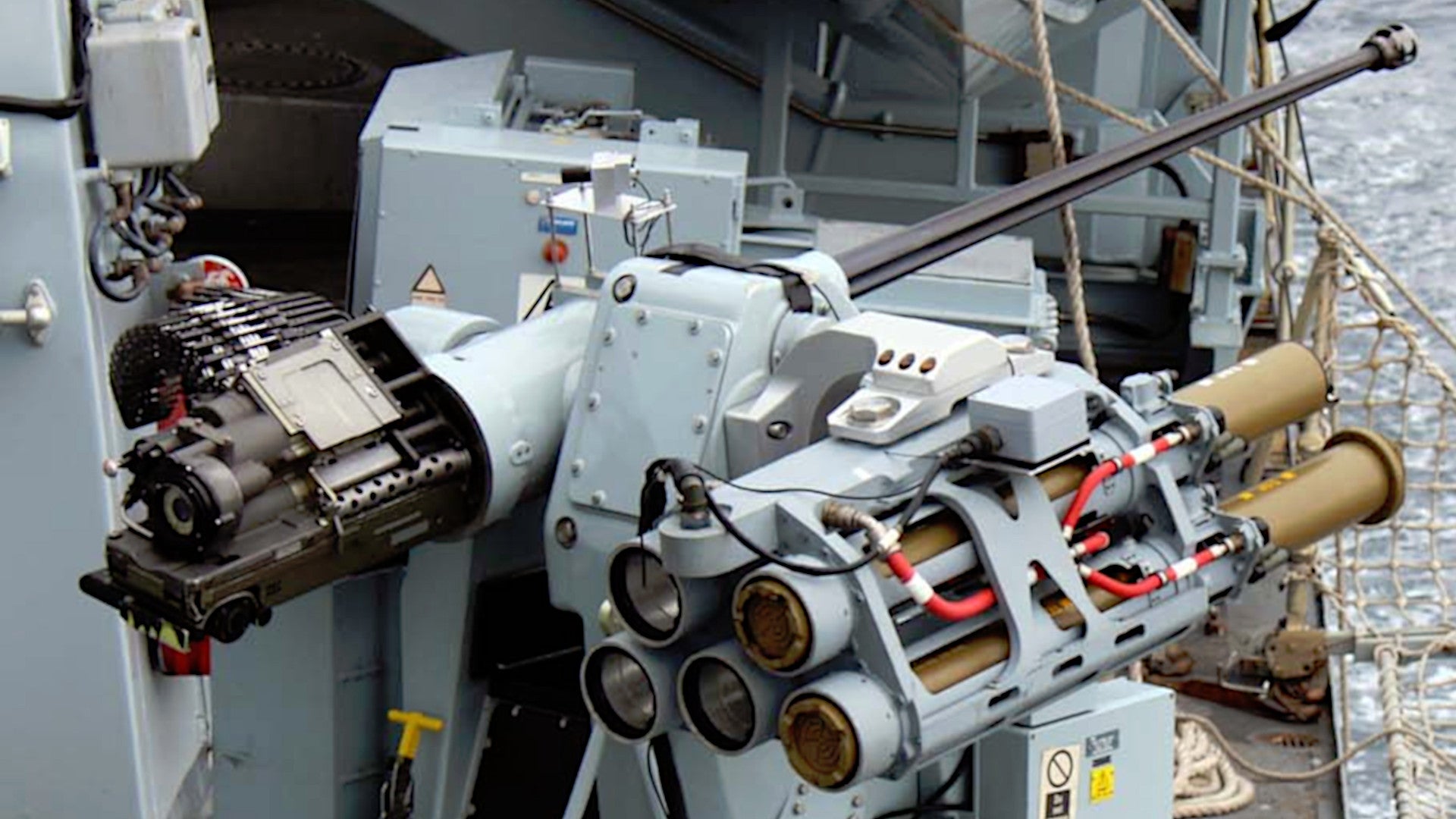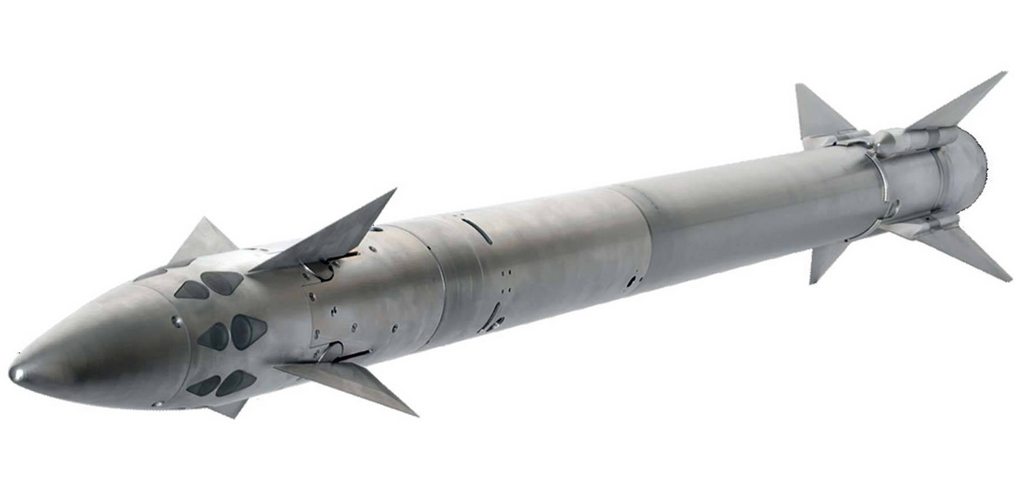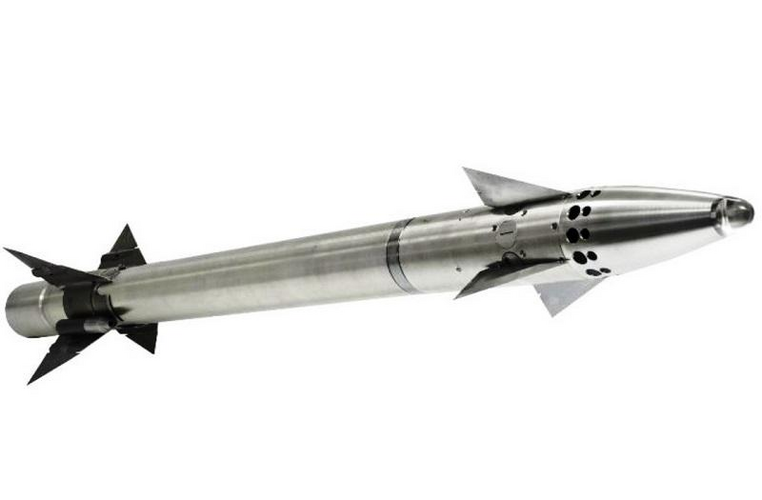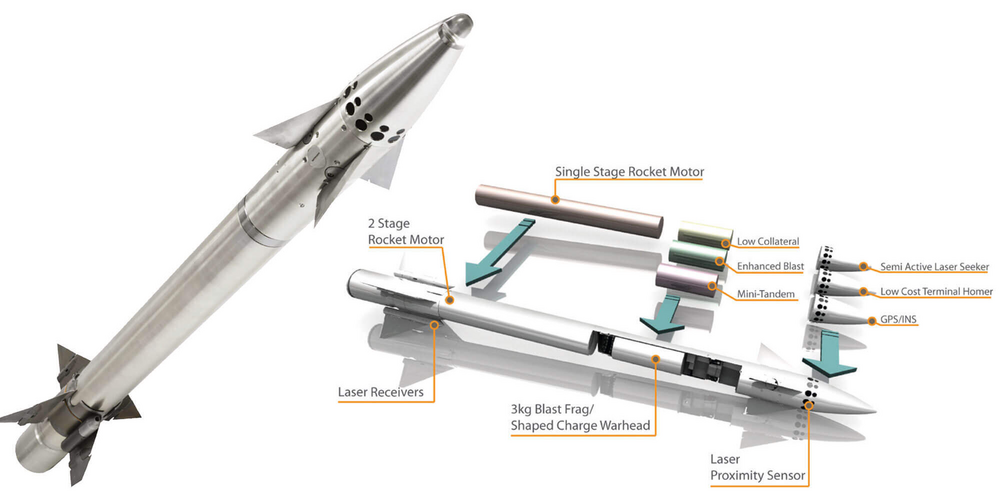There’s absolutely no reason to buy a foreign system. We have an extremely robust and capable defense industry with many talented engineers who are more than capable of designing a stinger replacement.
Considering how long it’s been since the stinger was designed, I’d be willing to bet we’d permanently lose the capability to design manpads if we go with a foreign system. Just like with handheld AT rockets, frigates, IFV hulls, etc.
Foreign systems didn't kill America's production of machine guns (M60E6 literally just got by the Danes) or IFV hulls (literally what? America just ramped up full production of AMPV, which is an improved Bradley hull), but that's besides the point.
Machine guns are not complex, you are not going to lose irreplaceable industrial knowledge by adopting one single foreign design, especially when you are still designing other small arms. And every single IFV in consideration for the OMFV uses a foreign hull with the majority also using foreign turrets and optics. All of which are things the U.S. was capable of doing domestically not even a decade ago.
Ampv is irrelevant, like you said it just an enlarged Bradley hull. Which isnt really difficult to do. Now ask them to design a new hull from scratch, and they wont be able to do it.
America killed most of that stuff itself in the early 1990's when it sold a ton of its IPs to people like Nammo (rather, they bought them at fire sale prices) after it forced a chaotic consolidation of its defense industry and got rid of much of the DOD in-house research infrastructure in favor of private outsourcing and contracting. Sound industrial policy is communist or something I guess.
Fair enough. But that's still equally as idiotic as buying foreign systems when your domestic industry is capable of doing it perfectly fine.
Industry can make good prototypes, which has done on and off for the past 30 years. None of which have been serially produced. I imagine OMFV will likely go the way of every Army AFV production plan of the last 30 years: in the trash after making a couple prototypes at best.
Yes, buying a foreign IFV will be in America's future eventually, perhaps. That's not because America bought a foreign IFV though.
It would buy a foreign IFV because the Army isn't willing to foot the bill for translating prototypes to "mass" production. Since engineers are less important than the physical factors of production, as in America where the only thing more saturated than a STEM degree is a law degree, and any foreign vehicle would be wholly produced in the United States (no cockeyed Spanish hulls here), there's not much a difference.
It's one group of engineers who have developed a IFV from essentially no working experience or whose last major design work they had was when the new IFV crews' dads invaded Bosnia (ASCOD II/Ajax designers), and another group of engineers with no working experience, or whose last major design work they had was approximately around the time the new IFV crews' dads invaded Bosnia (OMFV designers).
Without a steady translation of new prototypes to mass production, probably roughly every 20 years or so, there isn't much in the way of that "full course" design experience for a new AFV to build on. Amateurish mistakes would be common in the design layouts and in the vehicle itself (as Ajax has shown most significantly with its severe vibration issues). They were present in the early M2s because it had been some 30 years since America had made a new troop carrier (M113), but not exactly present in any Soviet IFVs because the Soviets had a continuously running design scheme of development --> production start --> new development begins at a sustainable, low rate of work. Non-Soviet economies were far more stop-start, with rapid spurts of activity followed by mass furloughs from things like new design work, and subsequent loss of skill.
They both have their benefits and drawbacks, and one of them is plainly more flexible to external threat responses than the other, but it does result in different outcomes. The only actually well designed Western IFV of the Cold War (arguably) was the Warrior, after all. Then they made the turret. So if America bought a license for production of SPz Pumas entirely domestically and made them in York, PA, it would be doing far better than whatever it could do domestically with its now relatively inexperienced AFV design groups.
So it's a bit of an open question how well US industry would do in creating something like a 8-10 km range missile the size of a Stinger, which is approximately what Martlet is and probably would form the baseline for a future anti-helicopter MANPADS (after all, it exists, and it's been killing helicopters in the real world), because it hasn't done it yet. All prior attempts to do something similar (new small air defense missiles al a EAPS or MHTK) have so far been abandoned by the Army in pursuit of making prototypes of other forms of systems instead.
This is ultimately because the Army (as has domestic industry, the engineers aren't exactly blameless for FCS's failures after all) has, for at least several decades, been sufficiently disinterested and incompetent in delivering on its most major articles that it's highly debatable to what extent Army (and industry) can be expected to deliver on minor articles as well.
So far, the Army's managed to not trainwreck themselves completely and have shown they're willing to adequately support things like new night vision optics, new armor and ammunition natures for the M1 tank, and are very interested and aggressive in pursuing advanced artillery systems and new air defense radars, yet they still struggle to do other bare minimum acquisitions including things like "buying rifles and handguns" (how long was Joint Combat Pistol being run?) at the same time.
Any foreign system would likely be purchased as a contingency backstop for something like the 82nd Airborne, like the BDM's and Ranger Body Armor were back in the 1990's for the contingency stockpile, and I think XSAPI plates were recently stockpiled for contingency use as well. They exist, they are easily acquired, and they are proven to work. None of which can be said with any great certainty for an American equivalent.
That's no reason to not try, after all if America can produce a Martlet-class missile that integrates with the new Javelin LWCLU that would be great, but it's certainly a reason to be skeptical and hedge your bets by going with both options instead. America is rich and can easily afford to purchase a couple thousand Martlets, or something else of similar capability, while waiting for the funding development for a new Stinger replacement to bear fruit.
Not for lack of trying or anything, but just by the nature of the beast, the Army will likely have something of an uphill battle with itself in pushing a new MANPADS out the door to completion of a total and complete Stinger replacement of some 10,000 to 14,000 missiles.
The actual good news is that since the Army is now interested in the subject of MPADS (small wonder why) it will get a lot more support, and be far more likely to be finished, since GWOTitis has ceased being the major brainworms in the heads of Army budget planners. A Stinger (or equivalent modern weapon) is not a particularly complex weapon system, and it's not exactly the biggest buy in dollar amounts, so it probably won't be the target of inter-branch parochialism and budgeteering too much. Rather I suspect the Aviation and Armor Branches are going to be jockeying for money for FVL and OMFV respectively, since the most complex programs tend to be the best PM pinatas. So far, Aviation is winning that fight.
The IFV that brought that squad to the fight.
Air defense for light infantry is its own issue, but the majority of US infantry in a peer conflict with have IFVs in support.
Often yes, but what does MANPADS stand for?
How many weapon-rounds does a Humvee carry versus a Linebacker again? Something like a ratio of 6:1 against?
Light infantry have even less of a capacity for carrying "MANPADS" than mechanized infantry, obviously.
Electrical lasers become even more important for them and their incredibly limited mass payloads.

